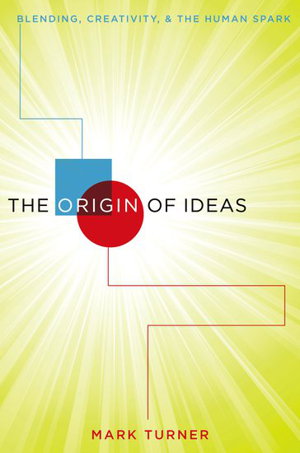
PublishedOxford University Press, July 2014 |
ISBN9780199988822 |
FormatHardcover, 312 pages |
Dimensions23.9cm × 16.2cm × 2.6cm |
Why are we so innovative? Where do new ideas come from? Why are human
beings so exceptionally good at innovation, leaving other species
mentally in the dust? How can we hold onto new ideas once they are
formed? This book explores the claim that the human spark, the source of
innovation and the origin of ideas, was an advance that occurred in a
particular kind of mental operation, which Turner calls blending.
Blending is our ability to take two ideas or more and create a new idea
from the "blend." And what is so fascinating is how human beings are
able to engage in blending almost without effort and usually
unconsciously. It appears to be second
nature to us, how we live and breathe in the course of processing
information and ideas.Human beings are profoundly different from
all other species in this ability. While many species can do what we
cannot-fly, run amazingly fast, see in the dark-only human beings can
innovate. Beginning somewhere in the Paleolithic Age, everything changed
in the course of human events. Before that, we were a bunch of large
mammals. After that, we were poised to take over the world. Turner makes
the controversial and provocative claim that what made human advances
possible was the ability to engage in the virtuosity of blending, which
is everywhere apparent in our cultural record-in our creations and
innovations-it is the origin of our ideas.Turner's theory
of blending is featured in Jonah Lehrer's bestselling book, Imagine, and
this book will be the first to lay out this theory in detail for a lay
audience and academics tackling the nature of the human brain and the
fascinating puzzle of what it means to be human.Readership: Lay
readers of popular science, books on neuroscience and creativity;
students (even at a high-school level) in psychology, cognitive science,
anthropology

